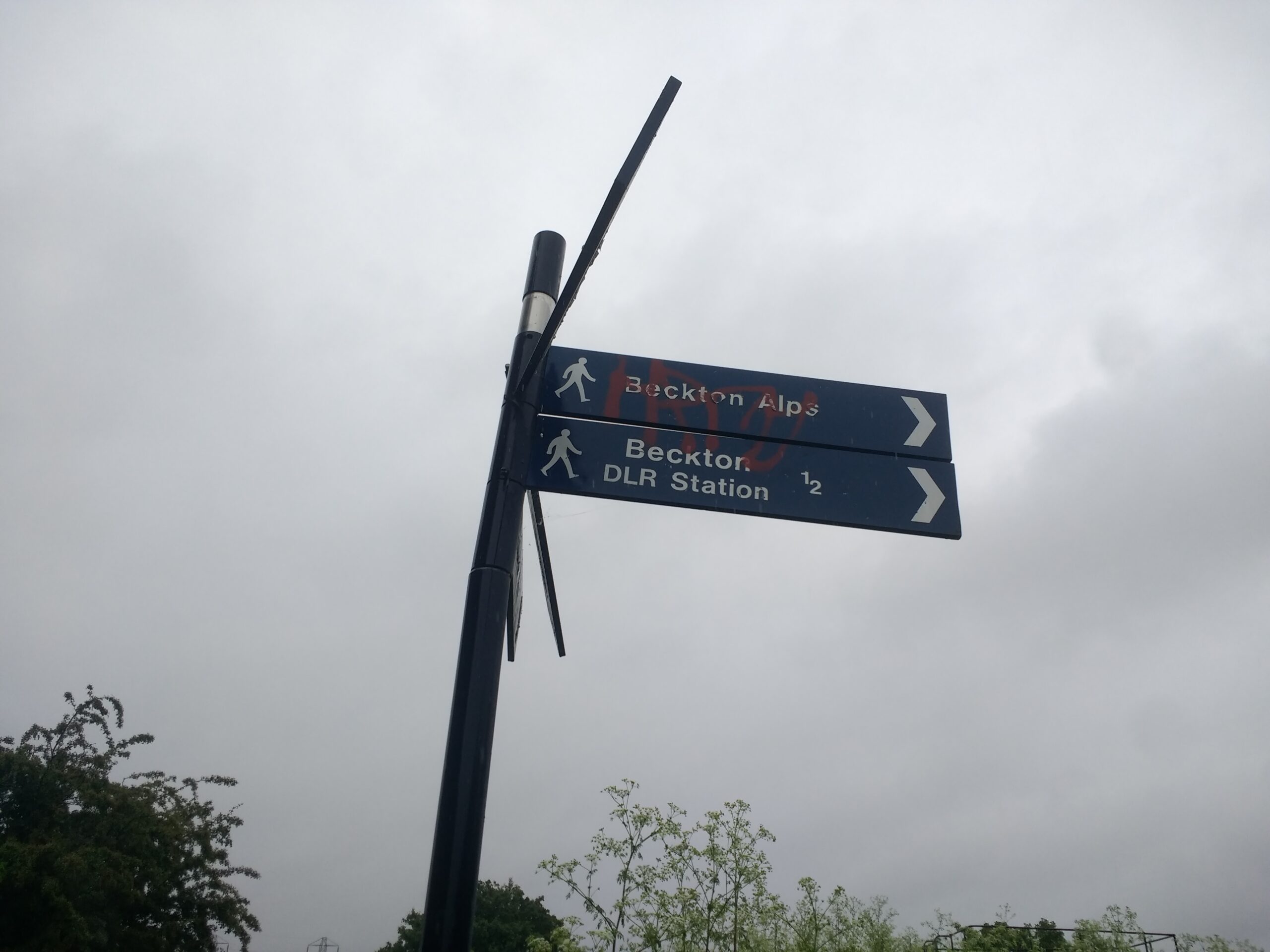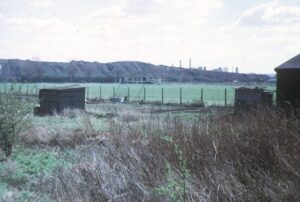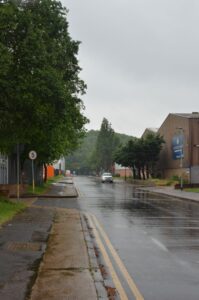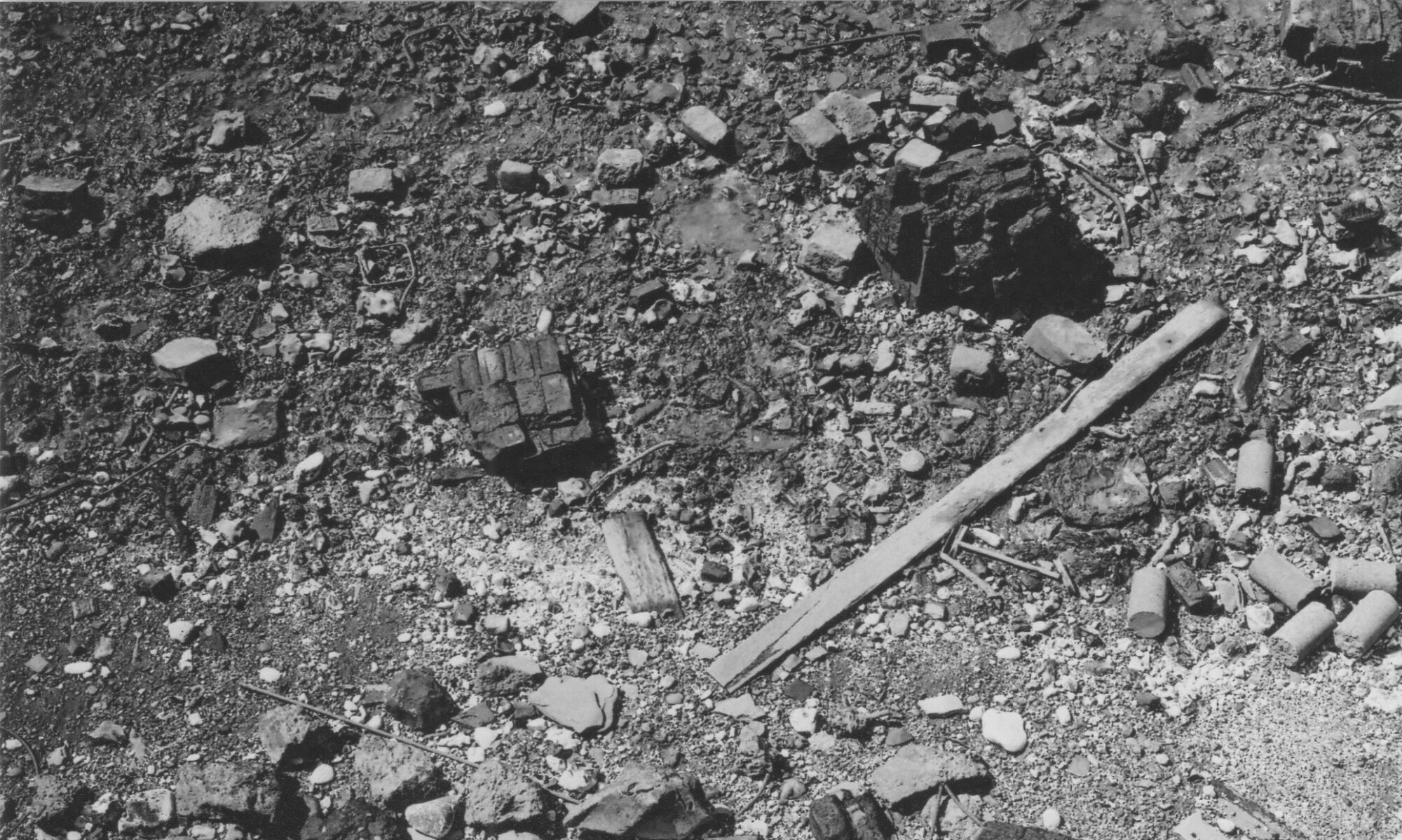
The Beckton Alp, East London
About the case study
Beckton Alp (originally there were multiple ‘Alps’) is a mound of gasworks waste that rises around 35 metres above the surrounding district, making it the highest ‘hill’ in East London. The waste material was a by product of the Beckton Gas Works and associated Residual Products works, the former operating from 1870 until 1969 making gas from coal and was once the largest such works in the world.
The Alps were originally some 100 metres long though substantial shorter in height and were composed primarily of (toxic) spent oxides (lime and iron oxide) left over form purifying the gas. They also took ashes, slag, clinker and any residual products not needed including large amounts of tar. The present-day contours of the Alp are substantially altered by the addition of up to 250,000 cubic metres of clay from the excavation of the British Library Basements during construction in the early 1980s. Rumours persist that a steam train is also buried under the Alp.

The site was redeveloped as part of the Docklands regeneration in the 1980s into a landscape hill (the northern Alp) surrounded by an Industrial Park and, later, a shopping park. Then in 1986 the Alp was turned into an artificial ski slope which operated until 2001. It was then to be redeveloped into an interior ‘real snow’ slope but the project stalled in 2003.
Multiple schemes have been proposed to transform the Alp since including major art projects. The nearby Gas Works site was also used for a variety of artistic and film projects including the scenes of the battle of Huế (Vietnam) in Kubrick’s Full Metal Jacket (1987), and films and music videos by Derek Jarman.
Today the Alp is owned by Newham Council and remains sealed off and has become a haven for wildlife.
The Research
I investigate how the Beckton Alp has been reimagined as a ‘mountain’ since the closure of the Products Works in 1969. As noted above, the site has been the scene of numerous cultural and artistic interventions and differing uses through time. The idea of the Alp as an artificial mountain is compared with other such hill around London and elsewhere. I also ask how the waste of the Gas and Products Works is itself evidence of past value (and profit) and study how this waste itself has been productive of new uses and ideas even in its toxic state.

Several fieldwork visits have been conducted since 2021 with access to the Alp facilitated by LB Newham. This has been supplemented with extensive archival research at Newham Archives, London Metropolitan Archives, the National Archives and the online Newham Planning portal. Interviews and email discussion were also carried out with Muf architecture and representatives of Anthony Gormley (who at one stage was involved in proposals for a major artwork here)
[photo gallery]
Findings
My major conclusions to date centre on how – as with the other sites – waste is rapidly transformed into value here. In many cases this is cyclical: coal was carbonised to produce gas and coke but it also made many other by-products which were originally seen as waste, but which became crucial feedstock for chemical production in the Products Works. I have been tracing the history of some of theses substances and how they then came to rest in the Alp. The toxicity of this material in limiting how the Alp could be developed also served to preserve it and draw in unexpected connections such as the link to the British Library. The image of the Alp as a mountain marking the entrance to East London has also been a key area of discussion as has the role of the ski slope in the reimagined post-industrial docklands of the 1980s and ’90s.
These findings will be compared with the other case studies and will feature in an in-depth chapter in my forthcoming monograph (published by UCL Press).
